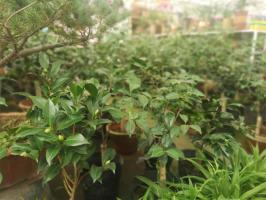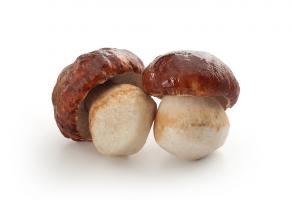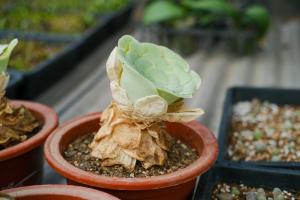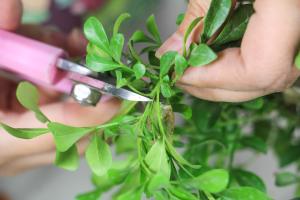Introduction
Fig trees are a popular choice for home gardeners as they are easy to grow and provide a delicious summer staple. But when is the best time to plant a fig tree in the ground? In this article, we will discuss the optimal planting time for fig trees to ensure a successful harvest.
Location, Location, Location
The first step in planting a fig tree in the ground is to select a suitable location. Fig trees thrive in warm, sunny, and sheltered spots. They prefer well-draining soil with a pH level between 6.0 to 6.5, and they are not big fans of salty soils or waterlogged conditions. It's important to choose a spot that receives at least six hours of direct sunlight daily.
Planting Time
Fig trees are generally hardy and adaptable to various climates. However, if you live in an area with harsh winters, it's best to plant your fig tree in the ground when the soil has warmed to at least 50°F. This is usually during the spring season, between March and May, depending on the region. Planting in the spring allows the tree to establish its roots before the heat of summer arrives. If you live in a milder climate, it's possible to plant fig trees in the fall, around October.
Preparation
Before planting your fig tree in the ground, it's essential to prepare the soil. Begin by removing rocks, weeds, and other debris from the planting site. Then, amend the soil with compost or aged manure to improve drainage and nutrient retention. It's also a good idea to dig a hole that is twice the size of the rootball and to spread the roots out in the hole, covering them with soil.
Maintenance
Once you've planted your fig tree in the ground, it's crucial to care for it properly. The first couple of years are the most critical for a tree's survival, so ensure that it receives adequate water and nutrients during this time. Water your fig tree deeply once a week or more frequently during hot and dry spells. Use organic fertilizers high in potassium, such as aged manure or bone meal, to encourage fruit production. Prune your fig tree during the dormant season to promote strong growth and increase fruit yield.
Harvesting
Finally, after all your hard work, it's time to enjoy the fruits of your labor! Fig trees typically produce ripe fruit in late summer or early fall. Look for figs that are soft to the touch and have a slightly wrinkled skin. Carefully remove the fruit to avoid damaging the tree. If you have more figs than you can eat, you can preserve them by drying, freezing, or making jam.
Conclusion
Fig trees are a delightful addition to any garden, but it's crucial to plant them at the right time to ensure their health and productivity. Remember to select a suitable location, prepare the soil, and care for the tree carefully. By following these tips, you're sure to enjoy a bountiful harvest of delicious figs.

 how many times do yo...
how many times do yo... how many planted tre...
how many planted tre... how many pine trees ...
how many pine trees ... how many pecan trees...
how many pecan trees... how many plants comp...
how many plants comp... how many plants can ...
how many plants can ... how many plants and ...
how many plants and ... how many pepper plan...
how many pepper plan...






























